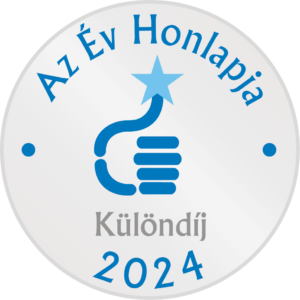Aki szeret kertészkedni, kánikula idején a szokásosnál is többet gondol a növények öntözésére, aminek megvan a maga tudománya. A hatékony öntözés a talajjal kezdődik, és az sem mindegy, hogy milyen gyakran, melyik napszakban locsolunk.

A minap megkérdeztük Állatkertünk főkertészét, Serdült Ádám botanikai és kertészeti osztályvezetőt, mit tanácsol a kiskert-tulajdonosoknak, otthon kertészkedőknek, hogyan és miként locsolják, öntözzék növényeiket. Hiszen ez ilyenkor, a nagy melegek, csapadékban szegény napok idején igen fontos kérdés. Az alábbiakban olvasható, hogy mit tanácsolt:
A legfontosabb a kerti talajunkra való odafigyelés. Ne romboljuk szándékosan és örüljünk, ha biodiverz, azaz sokféle élőlény él benne, például tele van gilisztával, vakonddal! Új kert építésénél ne hozassunk földet, mert a darált, letermelt földek sosem lesznek a genetikus talajtípusunkkal egyenértékűek! Ne hordjuk el a szerves anyagot, ahonnan nem muszáj, hagyjuk a helyén lebomlani! Ha ezek megvannak, akkor sokkal jobban fog hasznosulni a víz, tovább megtartja a talaj.
Fontos, hogy telepítések után nagy adagokkal és ritkán öntözzünk, ne segítsük gyakori, de kis nedvesítésekkel a növényeink sekélyen gyökeresedését! Takarjuk a talajt: mulccsal, vagy több szintes beültetéssel! Ha a pazarlás ily módon megakadályoztuk, akkor a hatékony öntözés már gyerekjáték.
Mindig akkor öntözzünk, amikor a talaj kiszáradt! Ne csak a felületét vizsgáljuk, kicsit mélyebben, a gyökérzónát is nézzük meg! Ha száraz, akkor lehet öntözni. Ha aszályos az időjárás, akkor este, ha sok a mikrocsapadék, de a talaj szempontjából nem releváns, akkor pedig reggel, hogy elkerüljük a gombás megbetegedéseket az éjszakai párásítással. Napközben is lehet öntözni, tévhit, hogy a vízcseppek prizmaként felerősítik a napsugarakat és megégetjük a növényeket, de annyiból valóban szerencsétlen, hogy túl sok víz párolog el.
Ha sok a nedves kontinentális éghajlatról származó növényünk, akkor pedig gyakran párásítsunk is, mert a légköri aszály nekik ugyanolyan megterhelő, mint a talajnedvesség hiánya, de fontos, hogy az éghajlatváltozással már ne ültessünk nyugat-európai, luxusklímájú kertészetekből származó nedves kontinentális klímán élő növényeket, hanem alkalmazkodjuk ökológiai szempontból, növényválasztással is az éghajlatváltozáshoz és itthon edződött növényeket vásároljunk!
Az Állatkertben mi ezeken felül a kézi öntözést részesítjük előnyben, mert személyes kapcsolatot teremt az ápolt növényekkel: előbb észrevesszük, ha baj van. Viszont az automatizáció sokkal hatékonyabb. Próbáljunk mindenhonnan esővizet gyűjteni és tényleg tartsuk szem előtt a ritkábban, de kiadósan elvét! Fontos követni az új trendeket is, a „vágatlan május” nagyon jó ötlet, de egyre több trend is tükrözi a tudományos ismereteket.
Iratkozz fel hírlevelünkre és értesülj elsőként újdonságainkról, programjainkról és friss híreinkről!

